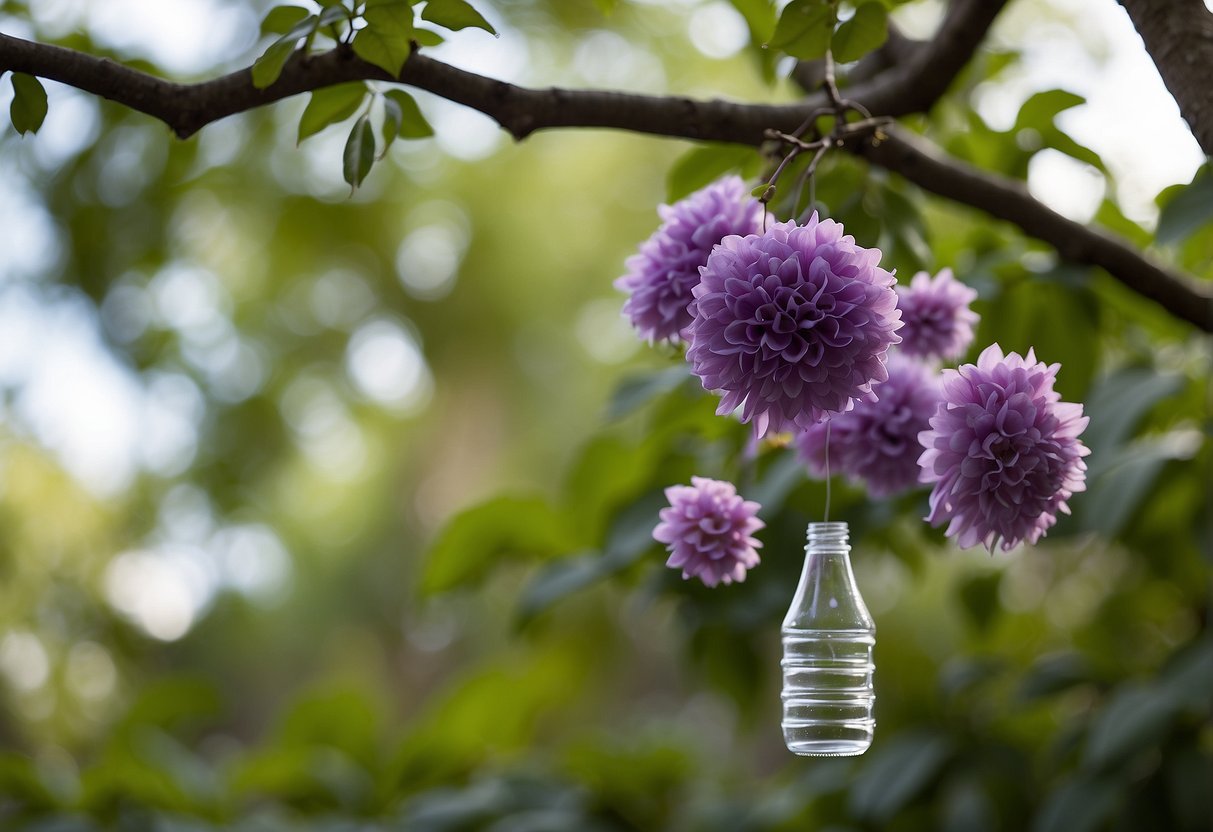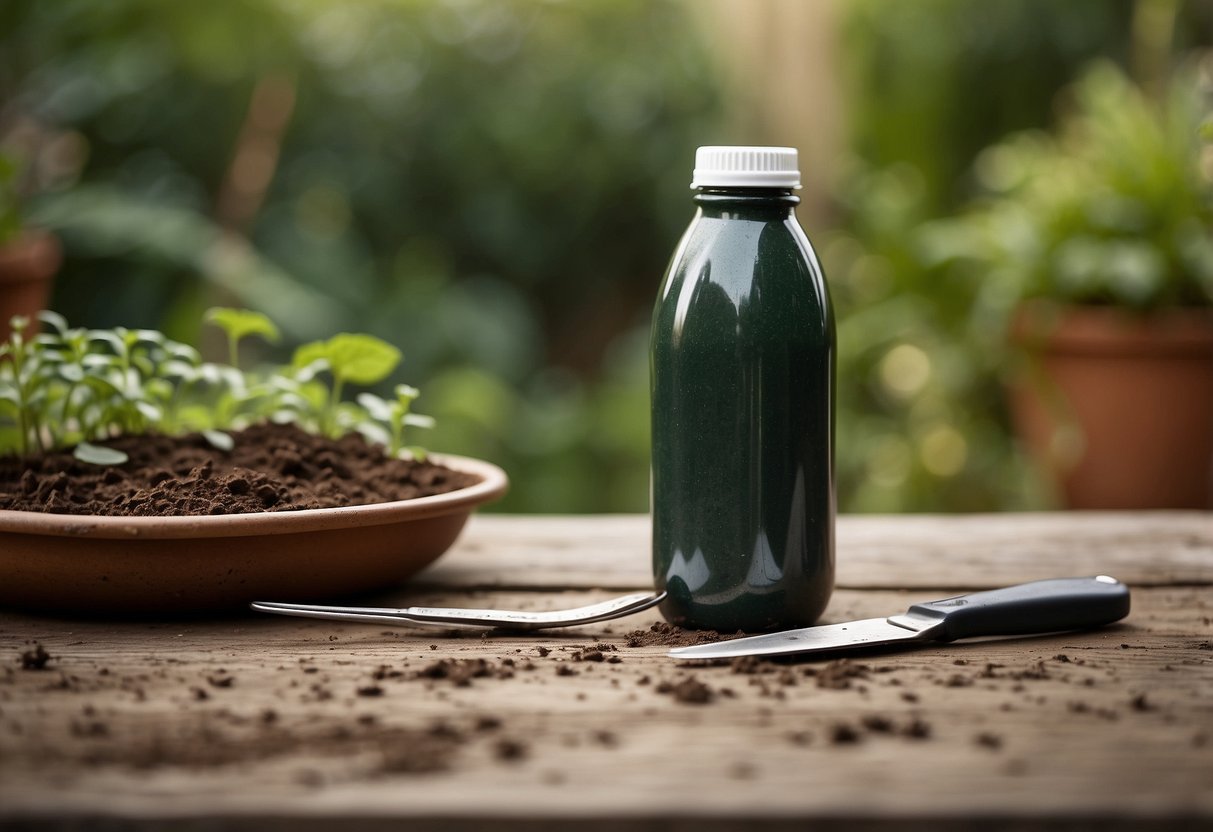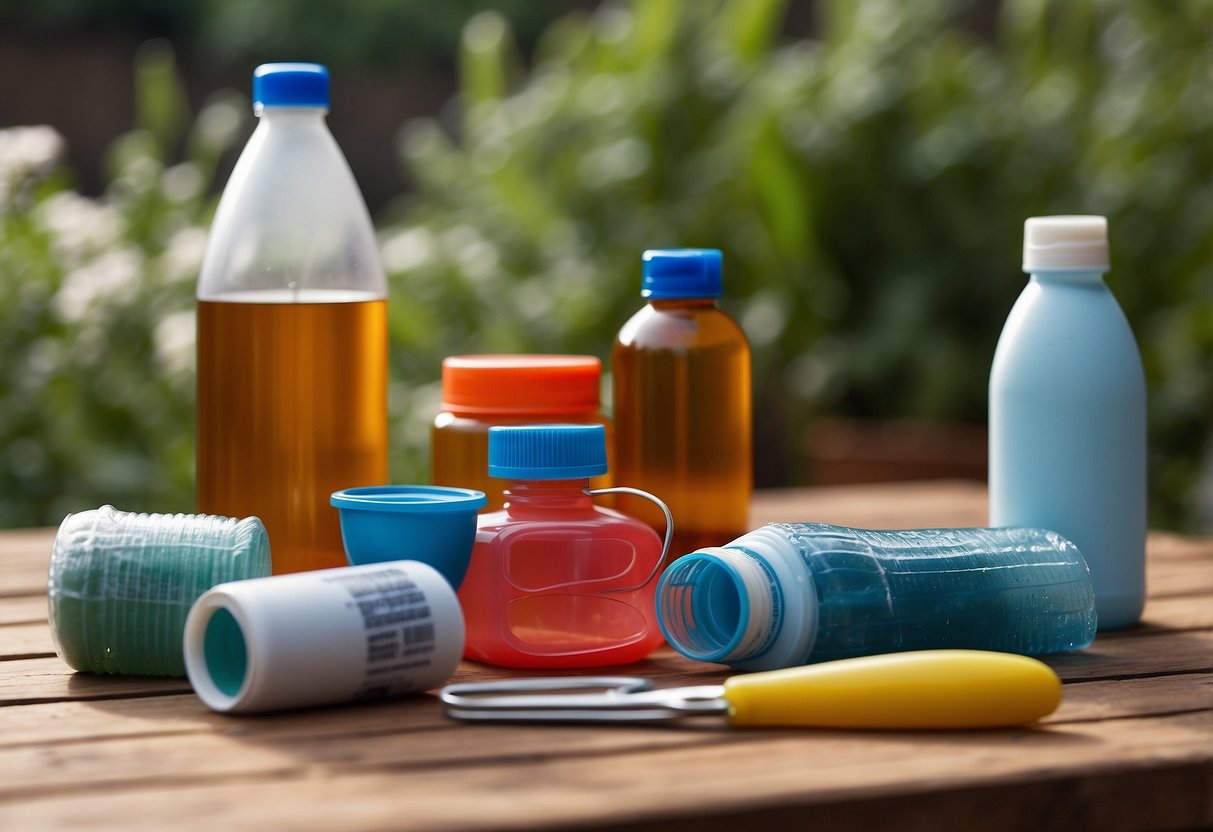Plastic Bottle Craft Ideas for Garden: Fun and Eco-Friendly Projects
Recycling plastic bottles into garden crafts is a fantastic way to enhance your outdoor space while also being eco-friendly. These projects not only help reduce waste but also allow you to add unique and personalized touches to your garden.

What creative ways can you transform old plastic bottles into beautiful garden features? From planters to decorative accents, you’ll find plenty of inspiration to turn ordinary plastic waste into extraordinary garden art.
Benefits of Using Plastic Bottles for Garden Crafts

Using plastic bottles in your garden craft projects is both environmentally friendly and cost-effective. These DIY projects can save money and help reduce plastic waste in the environment.
Environmental Impact
When you use plastic bottles for garden crafts, you are actively recycling and repurposing materials that might otherwise end up in landfills or oceans. This helps reduce the amount of plastic waste in the environment. By creating items like planters, vertical gardens, and decorative pieces, you’re giving these bottles a new life.
Reducing plastic waste is crucial to protecting wildlife and ecosystems. Plastic bottles take hundreds of years to decompose, so finding creative ways to repurpose them helps combat pollution. Additionally, repurposing plastic bottles can inspire others to think more sustainably and consider how they can contribute to a healthier planet through their own creative projects.
Cost-Effectiveness
Crafting with plastic bottles is budget-friendly since you are using items that you likely already have at home. Instead of spending money on expensive garden decorations or planters, you can create unique and functional items for little to no cost. For example, a vertical garden made from plastic bottles can be a cheap and space-saving way to grow herbs.
Additionally, using plastic bottles can save you money on gardening supplies. For instance, a simple water bottle can be transformed into a mini greenhouse or a self-watering planter. These projects can help you cut down on gardening expenses, making your garden more economically sustainable while still looking great.
Basic Tools and Materials Needed

To create amazing plastic bottle crafts for your garden, you’ll need a few basic tools and materials. These essentials will help you cut, connect, and decorate your projects.
Cutting Tools
-
Scissors: A good pair of scissors is essential. Make sure they’re strong enough to cut through tough plastic.
-
Utility Knife: For more precise cuts, a utility knife works well. Always be careful when using it.
-
Hole Punch: This is great for making small, clean holes in plastic bottles, especially when you need drainage holes for planters.
Adhesives and Fasteners
-
Hot Glue Gun: A hot glue gun provides a quick and strong bond. Perfect for attaching pieces together.
-
Strong Tape: Use duct tape or double-sided tape for fast fixes or when hot glue isn’t ideal.
-
Wire: For projects that need a bit more stability, wire is your friend. It’s great for hanging or connecting multiple bottles.
Decorative Supplies
-
Paint: Acrylic paint sticks well to plastic. Choose colors that will brighten up your garden.
-
Markers: Permanent markers are perfect for adding details or outlines. They come in many colors.
-
Ribbons and Beads: For added flair, use ribbons, beads, or other small decorative items. They make your crafts stand out and look unique.
Safety Tips for Crafting with Plastic Bottles

Crafting with plastic bottles can be fun, but it’s important to stay safe. This section covers tips on handling sharp tools and using adhesives safely.
Handling Sharp Tools
When cutting plastic bottles, always use sharp scissors or a craft knife. Dull blades can slip and cause accidents. Make sure you cut on a sturdy surface and keep fingers away from the blade. You should also wear protective gloves to avoid cuts.
Keep a well-lit workspace so you can see exactly what you’re doing. Supervise children at all times if they are involved in the project. Teach them to handle tools carefully and not to rush.
Store tools safely when not in use. Put them in a drawer or a tool box out of reach of kids. Clean tools after using them to keep them in good condition.
Using Adhesives Safely
Adhesives like glue and hot glue can be very useful but also dangerous if not used properly. Always read and follow the instructions on the adhesive package. Work in a well-ventilated area to avoid inhaling fumes. Keep the room windows open if possible.
When using hot glue guns, keep the nozzle away from your skin because it can cause burns. Use a glue mat to catch any drips and prevent accidents. Unplug the glue gun when you’re done to avoid fires.
Avoid getting glue on your skin. If that happens, wash the area immediately with soap and warm water. Store adhesives in their original containers and keep them away from children.







